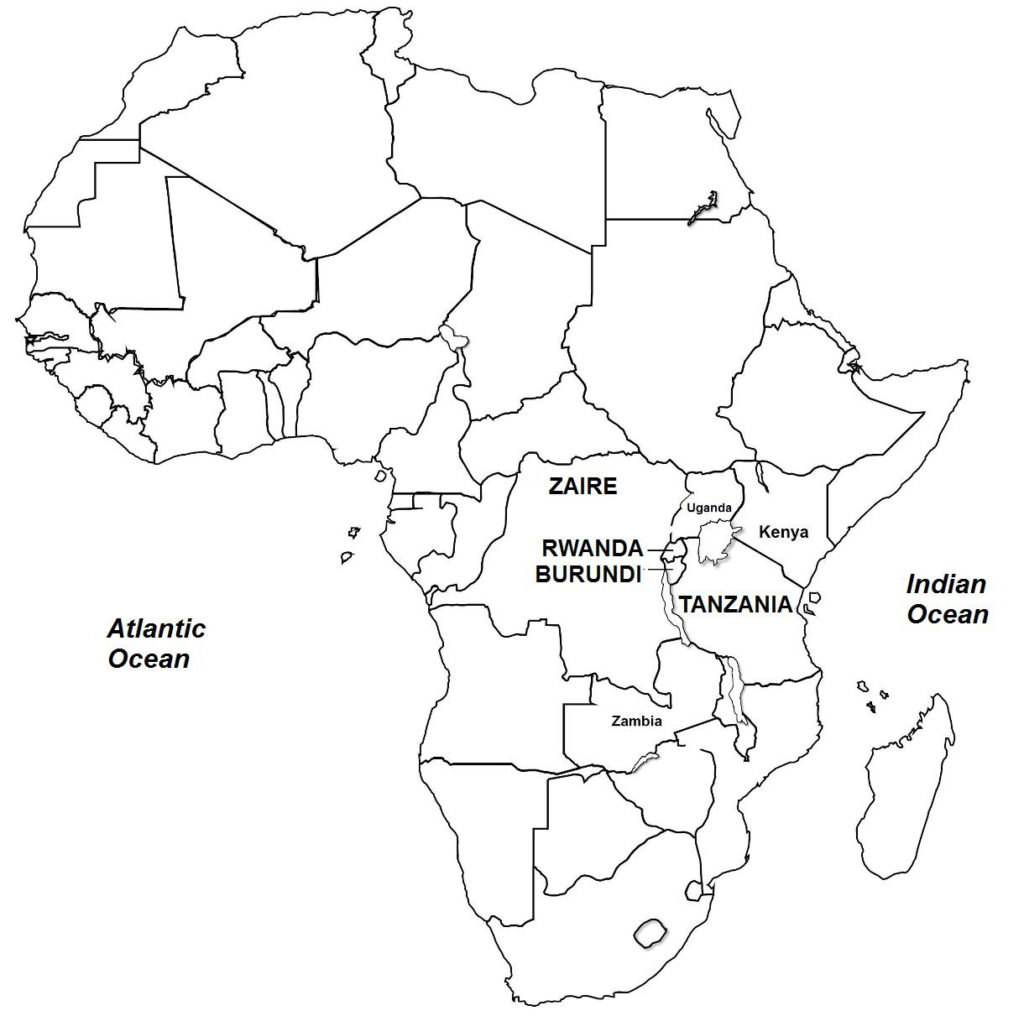On January 22, 1986, rebel forces of the National Resistance Army (NRA), led by Yoweri Museveni, laid siege to Kampala, capturing the Ugandan capital three days later. The government of Tito Okello collapsed, with its leaders fleeing into exile abroad. Thousands of Kampala residents took to the streets and warmly received Museveni and the NRA fighters. On January 26, 1986, Museveni took over power and declared himself president of Uganda. The Ugandan Bush War was over; between 300,000 and 500,000 persons had lost their lives.

(Taken from Ugandan Bush War – Wars of the 20th Century – Volume 3)
Background On April 11, 1979, General Idi Amin was removed from power when the Tanzanian Army, supported by Ugandan rebels, invaded and took over Uganda (previous article). Uganda then entered a transitional period aimed at a return to democracy, a process that generated great political instability. A succession of leaders held power only briefly because of tensions between the civilian government and the newly reorganized Ugandan military leadership. Furthermore, ethnic-based political parties wrangled with each other, hoping to gain and play a bigger role in the future government.
In general elections held in December 1980, former President Milton Obote, who had been the country’s head of state before being deposed in a coup by General Amin in 1971, returned to power by winning the presidential race. It was hoped that the elections would advance the country’s transition to democracy. Instead, they served as the trigger for the civil war that followed. Defeated political groups accused President Obote of cheating to win the elections. Tensions rose within the already charged political atmosphere. Many armed groups that already existed during the war now rose up in rebellion against the government.
War The Ugandan Civil War is historically cited as having started on February 6, 1981, when one of the armed groups attacked a Ugandan military facility. The various rebel militias were tribe-based, operated independently of each other, and generally carried out their activities only within their local and regional strongholds. One such rebel militia consisted of former Ugandan Army soldiers still loyal to General Amin, and fought out of the West Nile District, which was General Amin’s homeland. The various rebel militias had limited capability to confront government forces and therefore employed hit-and-run tactics, such as ambushing army patrols, raiding armories and seizing weapons, and carrying out sabotage operations against government installations.
The rebel group that ultimately prevailed in the war was the National Resistance Army (NRA), led by Yoweri Museveni, Uganda’s former Defense Minister. As a university student, Museveni had received training in guerilla warfare, which he would later put to use in the war.
In response, the Ugandan Army launched an extensive counter-insurgency campaign in the countryside. The soldiers particularly targeted the rural population, which they believed was supporting the rebels. The many atrocities committed by soldiers included summary executions, tortures, rapes, lootings, and destruction of homes and properties. The West Nile District was hard hit because of its fierce opposition to President Obote. Furthermore, soldiers from other ethnic groups were repressed during the reign of General Amin. Thus, after the dictator’s overthrow, these ethnic groups, particularly the Acholi and Lango which formed the majority in the Ugandan Army, carried out revenge by targeting civilians in the West Nile District.
The insurgency spread throughout most of Uganda, but the greatest concentration of rebel activity took place in the Luwero Triangle (Map 23), a rural region located just north of Kampala, the country’s capital. Consequently, the government’s counter-insurgency measures were most intense in the Luwero Triangle, which also received widespread international media attention. To cut off the insurgency’s source of support, government forces depopulated villages and settlements in the Luwero Triangle and relocated the residents into guarded resettlement camps.
The military campaigns had a great impact on the countryside, particularly in terms of human casualties. In the Luwero Triangle, tens of thousands of civilians were killed, while hundreds of thousands fled from the region. In the West Nile District, 30,000 persons lost their lives, while 500,000 fled to neighboring Sudan and Zaire. As a result of the increasing violence, Britain and the United States ended their economic support to Uganda, which only worsened the already dire conditions in that African country.
In December 1983, General David Oyite-Ojok, the Ugandan Armed Forces chief of staff, died in a helicopter crash. General Oyite-Ojok was an Acholi. President Obote appointed a fellow Lango as the new chief of staff. General Bazilio Olara-Okello, an Acholi, was infuriated as he was the next in line to succeed General Oyite-Ojok. Tensions rose between Acholis and Langos in the military, which led to skirmishes. In July 1985, General Olara-Okello and other officers, declaring their dissatisfaction with the government’s conduct of the war, overthrew President Obote in a coup.
The coup leaders took over power and formed a “Military Council” to run the country. Peace talks were held with the various rebel groups, which soon led to an agreement that established a power-sharing government that included rebel leaders who had disarmed and disbanded their militias. However, Uganda continued to experience unrest and widespread violence, and the enmity between Acholi and Lango soldiers undermined the military’s ability to operate effectively. Most crucially, the government’s peace agreement with Museveni and the NRA, although signed by the two sides, was not implemented, and hostility and mistrust remained.
